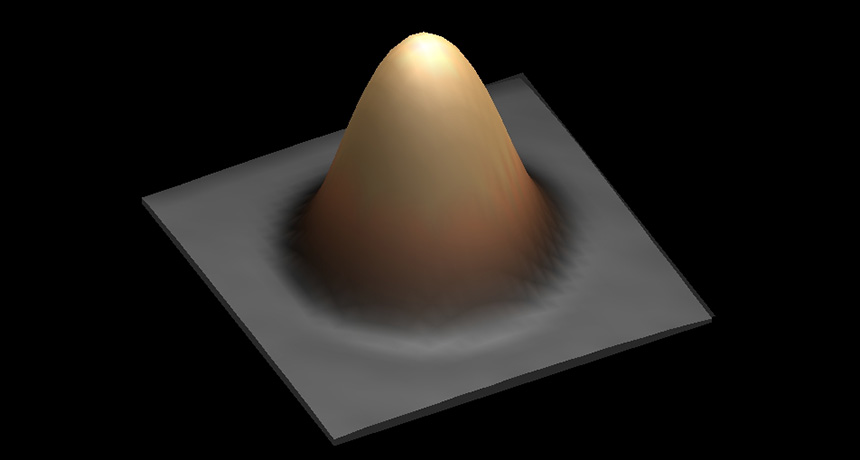atom The basic unit of a chemical element. Atoms are made up of a dense nucleus that contains positively charged protons and uncharged neutrons. The nucleus is orbited by a cloud of negatively charged electrons.
bit (in computer science) The term is short for binary digit. It has a value of either 0 or 1.
current A fluid — such as of water or air — that moves in a recognizable direction. (in electricity) The flow of electricity or the amount of electricity moving through some point over a particular period of time.
data Facts and/or statistics collected together for analysis but not necessarily organized in a way that gives them meaning. For digital information (the type stored by computers), those data typically are numbers stored in a binary code, portrayed as strings of zeros and ones.
electric current A flow of electric charge — electricity — usually from the movement of negatively charged particles, called electrons.
encode (adj. encoded) To use some code to mask a message.
field (in physics) A region in space where certain physical effects operate, such as magnetism (created by a magnetic field), gravity (by a gravitational field), mass (by a Higgs field) or electricity (by an electrical field).
hard drive A device that reads and writes — and hence can store — digital data onto a rigid magnetic disk.
holmium An element having the atomic number 67. Discovered in 1878, the nontoxic, silvery metal is extremely stable, with a melting point of 1472° Celsius (2682° Fahrenheit). It gets its name from the Latin for Stockholm (one of its discoverers was a Swede). It may be used in alloys to make magnets. It also finds use in nuclear reactors to help control their power-releasing chain reactions.
information (as opposed to data) Facts provided or trends learned about something or someone, often as a result of studying data.
iron A metallic element that is common within minerals in Earth’s crust and in its hot core. This metal also is found in cosmic dust and in many meteorites.
magnesium A metallic element that is number 12 on the periodic table. It burns with a white light and is the eighth most abundant element in the Earth’s crust.
magnetic field An area of influence created by certain materials, called magnets, or by the movement of electric charges.
oxide A compound made by combining one or more elements with oxygen. Rust is an oxide; so it water.
physical (adj.) A term for things that exist in the real world, as opposed to in memories or the imagination. It can also refer to properties of materials that are due to their size and non-chemical interactions (such as when one block slams with force into another).
physicist A scientist who studies the nature and properties of matter and energy.








